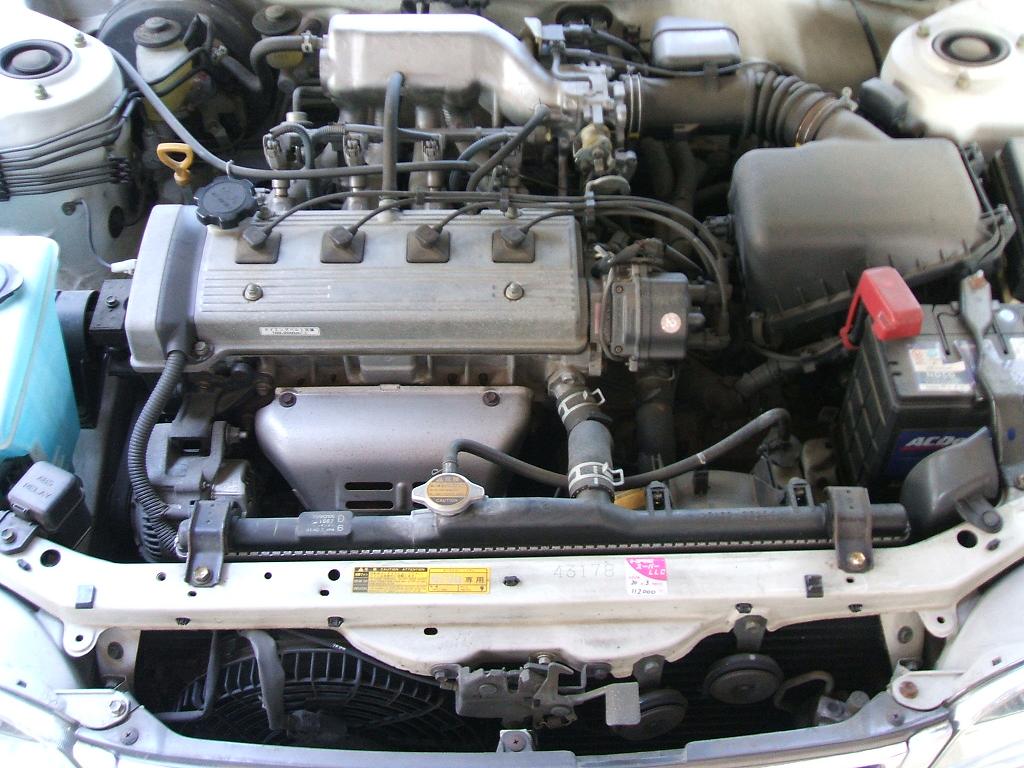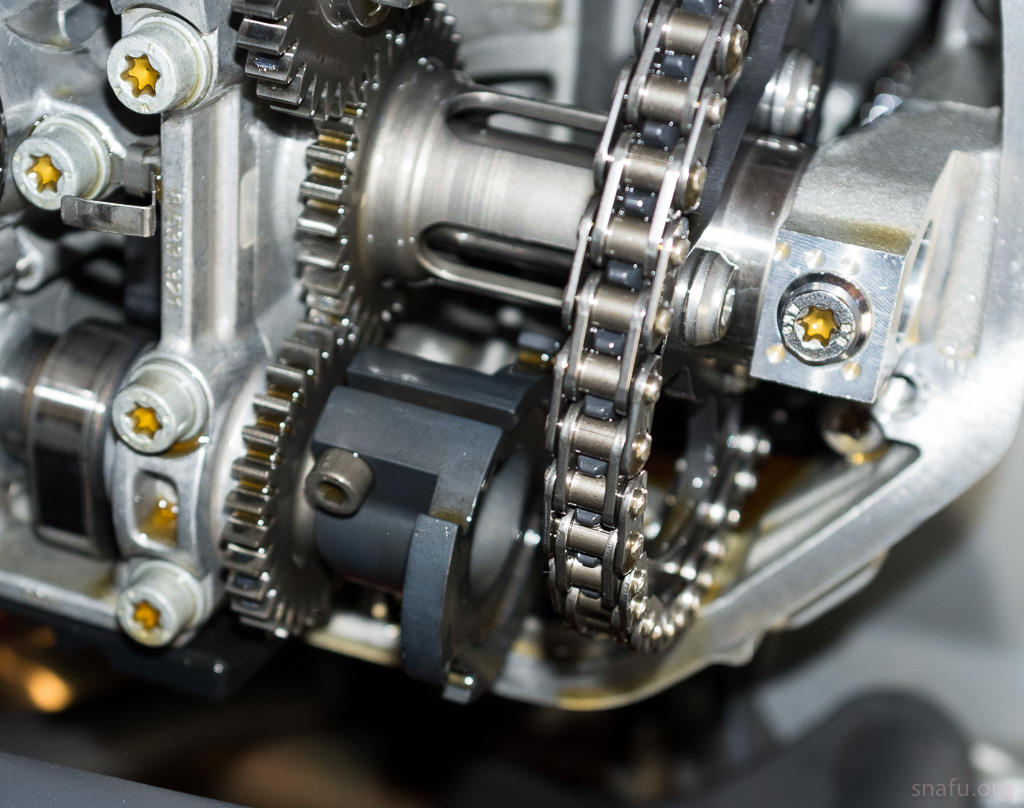Summary
What is a camshaft position sensor?
How does a camshaft position sensor work?
Maintenance of the camshaft position sensor
Prices for camshaft position sensors
Phase-shifting pulley: the different types of variable distribution
Advantages and disadvantages of the shading pulley
Price of the maintenance of the phase shifter pulley
The camshaft position sensor, or “phase sensor,” is commonly found in modern car engines. Characteristics, operation, maintenance: Find out all about the camshaft position sensor in this post.
What is a camshaft position sensor?
It is a small electronic device installed at the end of the camshaft(s). It is designed to capture, then send to the engine management system ECU the information required for ignition timing and fuel injection on a sequential phased injection.
Characteristics of the camshaft position sensor
The camshaft sensor is installed inside a plastic holder. It is attached to the engine block through bolts. It is then connected to the wiring that connects it to the engine management system via a 3-pin plug.
How does a camshaft position sensor work?

The sensor determines the top dead center (TDC) at the end of compression of the 1st cylinder of the engine to send the information to the engine management system ECU, which will then determine the engine’s ignition. It also manages sequential fuel injection as part of the misfire diagnosis. The ECU compares the number of reference pulses from the camshaft sensor with the number of reference pulses received from the crankshaft position sensor.
The camshaft sensor is inductive and active, meaning that it measures changes in magnetic fields and amplifies the signal transmission before it is transmitted. These devices are called hall effect sensors.
Beware of faults: Does the engine diagnostic light on the dashboard light up? The engine can no longer rev up and will have difficulty restarting after switching off the ignition when hot (it may not restart when cold). The engine management system will indicate an ignition fault and camshaft sensor fault, or even a knock sensor fault in combination with the camshaft sensor fault, via the panel display or fault code display.
Maintenance of the camshaft position sensor
This equipment does not require any particular maintenance, except to proceed to its assembly by taking all the cleanliness precautions. The surface on the side of the cylinder head on which the camshaft sensor is mounted must be thoroughly cleaned to remove traces of oil and sticky material that ensure the assembly’s tightness after tightening.
Similarly, care must be taken to remove this same material when the camshaft sensor’s edge is covered with oil. Then tighten the camshaft sensor without using force to avoid breaking the plastic holder.
Prices for camshaft position sensors
Depending on the OEM brands and engine applications, camshaft position sensors are available commercially and in e-commerce in an extensive price range, ranging from $15 to $150 on average.
Since the 1990s, variable valve timing systems have gradually appeared on engines, the camshaft phasing pulley’s key element, also known as a phasing pulley.
Phase shifter pulley: the different types of variable valve timing
Fixed camshaft pulley timing system
The engine that equips our cars works according to the principle of the 4-stroke cycle:
intake: when the piston goes down, fresh gases (air + fuel) enter the cylinder through the opening of an intake valve;
compression: the piston moves up and compresses the new gases (the valves are then closed);
combustion – expansion: the compressed and heated gases are ignited, and their combustion creates a pressure that pushes the piston back, with the valves still closed.
Note: This is the only engine stroke that allows the rotational movement transmitted to the wheels to move the vehicle.
This post will now continue in part 2 of our next publication. Stay posted!



One thought on “Cars and Vehicles: What are the Camshaft Position Sensor and Phase-shifting Pulley (Part 1)”